Personal Productivity
Batching: The Art of Grouping Tasks to Multiply Your Productivity
AUTHOR: María Sáez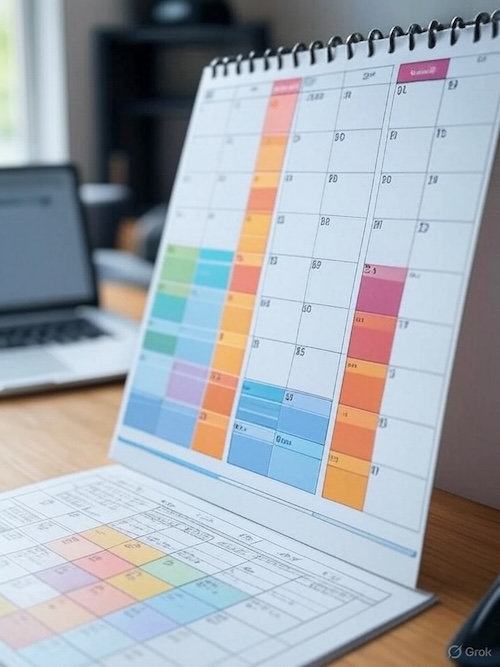
Batching, or task grouping, is a task management technique that involves grouping similar activities together and performing them consecutively in time blocks dedicated specifically to that type of work. Instead of constantly switching between different types of tasks throughout the day, batching proposes concentrating all tasks of the same nature into specific periods.
For example, instead of checking your email every hour throughout the day, you would set aside two or three specific times (such as 9:00 AM, 2:00 PM, and 5:30 PM) exclusively for processing all your email at once.
What’s the purpose of batching?
The fundamental purpose of batching is to minimize the cognitive cost of context switching and maximize efficiency through temporary specialization. Every time we switch from one type of task to another, our brain needs time to “reconfigure” and adapt to the new work context. In addition, a context switch is likely to require the use and configuration of different tools to perform the work.
It’s been estimated that every time you switch from one type of activity to another, or get interrupted, it takes your brain 23 minutes to get back into the flow of your previous work. For people who switch contexts frequently, this means a 40% loss in productivity.
The specific goals of batching include:
- Reducing mental fatigue caused by constant context switching.
- Increasing execution speed by keeping the mind “tuned in” on a specific type of work.
- Improving work quality by being able to maintain a state of deep concentration for longer periods.
- Creating a more predictable and structured workflow.
- Freeing up mental time for tasks that require greater creativity or strategic thinking.
What are the benefits of batching?
- Elimination of switching costs. By continuously performing tasks that require the same context, batching eliminates most of these unnecessary changes.
- Entering a state of flow. By working on similar tasks for extended periods, it’s easier to reach a state of “flow” or deep concentration, where performance and personal satisfaction are maximized.
- Faster execution. Once your mind is “calibrated” for a specific type of work, each subsequent task is executed faster. It’s like the “warm-up” effect in physical exercise.
- Improved mental energy management. It allows you to plan the most cognitively demanding tasks for the times of day in which you have the most energy, and group routine tasks for times when you have less energy.
- Stress reduction. By knowing exactly what type of work you will be doing at any given moment, you reduce the anxiety of constantly deciding “what do I do now?”
- Optimization of resources and tools. You can set up your workspace, applications, and tools once for a whole batch of similar tasks.
What are the alternatives?
- Traditional time blocking. Similar to batching but less specific in terms of the nature of the tasks. It focuses more on assigning time blocks to specific projects than on grouping types of activities.
- Pomodoro Technique. Focuses on fixed time intervals (traditionally 25 minutes) but does not necessarily group similar tasks together. It can be combined with batching for greater effectiveness.
- Controlled task switching. Switching between different types of tasks in a planned manner with deliberate breaks between changes, rather than doing so reactively.
- Day theming. Devoting entire days to specific types of work (Mondays for meetings, Tuesdays for creative work, etc.). This is a macro version of batching.
How batching should be done in general
Step 1: Task audit
Track your activities for a full week. Write down what you are doing, how long it takes, and what interruptions you experience. This will give you a clear picture of your current patterns.
Step 2: Identifying categories
Group your tasks into logical categories. Some common examples include:
- Communication: emails, calls, messages.
- Creative work: writing, design, brainstorming.
- Analysis: data review, research, planning.
- Administrative tasks: invoices, files, documentation.
- Meetings: calls, presentations, collaboration.
- Learning: reading, courses, research.
Step 3: Personal energy mapping
Identify your natural energy rhythms. When do you have the most mental energy? When do you feel the most creative? When do you prefer to do your everyday tasks?
Step 4: Designing time blocks
Assign specific blocks of time to each category of tasks, considering:
- Optimal duration: some types of work require longer blocks than others
- Frequency: some tasks can be grouped daily, others weekly
- Time of day: align the type of work with your energy level
Step 5: Gradual implementation
Don’t try to change everything at once. Start by implementing batching for one or two categories of tasks and gradually expand the system.
Step 6: Establish clear rules
Define specific rules for each batch. For example:
- “During the email block (9:00-9:30 AM), I don’t open any other applications.”
- “Tuesdays from 2:00-4:00 PM are exclusively for creative work, no meetings.”
Step 7: Exception management
Establish clear criteria for when batching can be broken. For example, only for true emergencies or critical communications.
Step 8: Review and optimization
Regularly evaluate the effectiveness of your batching system and adjust if necessary. Some batches may need to be longer, others shorter, and some may require different frequencies.
How should this be done if the methodology used is GTD?
In Getting Things Done (GTD), batching is not an added technique, but naturally integrated into the heart of the system through the concept of contexts.
Contexts as a natural batching mechanism
Contexts in GTD are essentially predefined batching categories that group tasks according to:
- Tools needed:
#computer,#phone,#errands - Location required:
#home,#office,#car - Mental disposition:
#agenda(meetings),#review,#waiting
When you apply GTD correctly, you never select tasks randomly. You always choose your next action based on:
- Your current context (where are you? what tools do you have available?)
- The time available
- Your energy level
- The priorities of the moment
This means that you’re automatically doing batching every time you work from a specific context list.
The “energy” pseudo-context: refining batching
GTD introduces an additional element that further optimizes batching: energy level as a selection criterion:
- High energy: Creative tasks, complex analysis, important writing.
- Medium energy: Important communications, reviews, planning.
- Low energy: Filing, daily administrative tasks, email cleanup.
This energy classification acts as a “pseudo-context” that allows you to batch more wisely. For example, within the same context, you could use your energy level to focus on the most cognitively acceptable activities at each moment of the day:
- In the morning (high energy), you could group together the most demanding tasks.
- After lunch (medium energy), processing and communication tasks.
- End of the day (low energy), routine and administrative tasks.
Practical implementation of batching in GTD
- Design batching-oriented contexts. Instead of generic contexts, create contexts that facilitate natural grouping. For example:
-#writing: all texts, articles, proposals
-#communication: important emails, calls, messages
-#analysis: data review, research, evaluations
-#admin: invoices, filing, bureaucratic tasks
-#creative: brainstorming, design, ideation
Don’t define contexts that are too broad (for example,#computermay include everything from programming to administrative email). - Use the Weekly Review to plan in batches. During your Weekly Review, identify:
- Which contexts have the most accumulated tasks.
- When throughout the week you’ll have time blocks for each context.
- How you can group#errandsinto a single outing.
- Which#agendatasks can be consolidated into fewer meetings. - Apply the “Context + Energy” principle in the Engage stage. When selecting your next action, ask yourself:
- What context does my current situation allow me?
- What level of energy do I have right now?
- What tasks in this context require my current energy level? - Create transition rituals. GTD does not prohibit planning blocks of time, it simply does not make them mandatory. You can create transition rituals between contexts:
- “From 9:00 to 10:30 I will work only on#writing”
- “On Tuesdays I dedicate the afternoon to#communication”
- “Friday afternoons are for#adminand#review.”
Batching in GTD is not a technique you add to the system, but rather the natural way GTD is designed to work. When you implement GTD correctly, you are automatically optimizing your work through intelligent and flexible batching.
What should you do if you use FacileThings as a personal management tool?
FacileThings is specifically designed to implement GTD digitally, and therefore greatly facilitates the practical application of batching through its features.
- Define the appropriate contexts. The first step is to setup your contexts so that they facilitate the natural grouping of similar tasks. In FacileThings, contexts are words preceded by the “#” character, and they are created automatically when they are first included in the text of a task. For example, when creating or modifying a task with the text “Read generative AI growth report #review,” the context
#reviewwould be created if it doesn’t already exist.
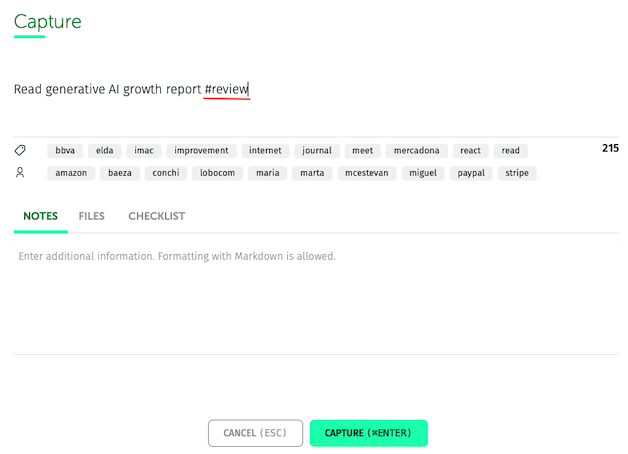
The contexts you use depend entirely on your activity. Some examples:
-#writing: articles, proposals, documentation, creative content
-#communication:important emails, scheduled calls, virtual meetings
-#analysis: data review, research, evaluation of options
-#administrative: invoices, filing, bureaucratic procedures, maintenance
-#creative: brainstorming, design, ideation, strategic planning
-#errands: tasks outside the home that you can group together in one outing
-#review: documents, reports, research articles
-#development: design, coding, and application development
Create contexts that reflect types of work rather than tools, and make sure that each context brings together tasks with a similar mindset. Avoid overly broad contexts such as#computer. - Organize your actions with contexts and selection criteria. The Clarify stage allows you to correctly define each new item you have captured. When clarifying actions, organize them in a way that allows them to be prioritized when it’s time to get things done. That is:
- Assign them the appropriate context in which they should be executed.
- Assign them choice criteria (energy level and estimated time) that allow you to sharpen each decision.
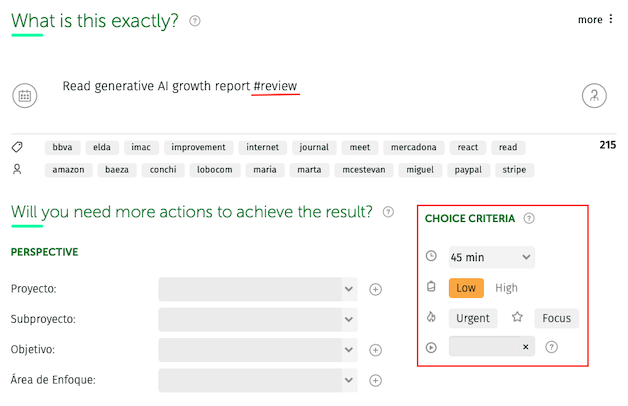
- Use the Weekly Review to plan batching.
The Weekly Review is your key moment to optimize batching for the coming week. In step 5 of the process (reviewing next actions), you can see all your next actions and filter them by contexts. Review which contexts have the most accumulated actions, and identify which ones require longer blocks of time.
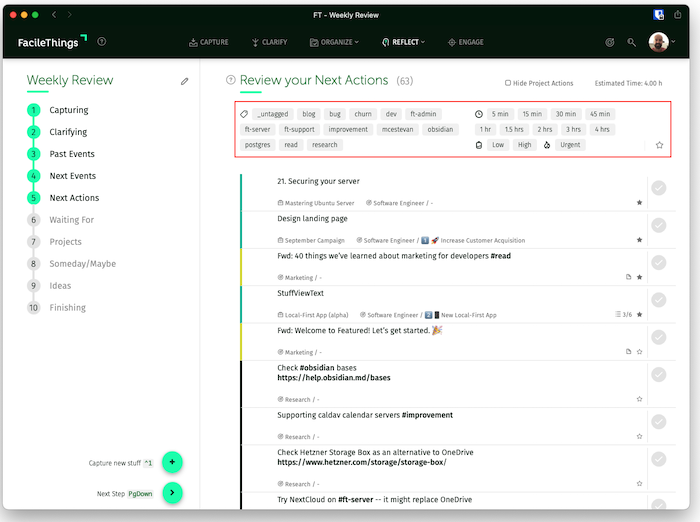
If you find clear patterns that you can plan for, define time blocks for those contexts. You can write down this plan on a sticky or digital note to keep it in mind during the week. For example:
- Monday morning:#analysisand#creative(high energy)
- Tuesday and Wednesday:#communicationand#writing(stable energy)
- Thursday:#administrativeand#errands(preparation for the weekend)
- Friday afternoon:#review(decreasing energy, but useful work)
Optimize your calendar:
- You can block out specific times for high-priority activities and contexts that require deep concentration.
- Group#errandstogether to minimize travel. - 4. Day-to-Day: Use “What to do now”.
The “What ro do now” feature in the Engage section is your daily smart batching tool. This feature automatically filters your Next Actions based on:
- Current context: selects only tasks that you can do in your current situation.
- Energy level: shows tasks according to your current mental state (high, medium, low).
- Available time: filters based on the time you have until your next commitment.
- Priority: considers the relative importance of the available tasks.
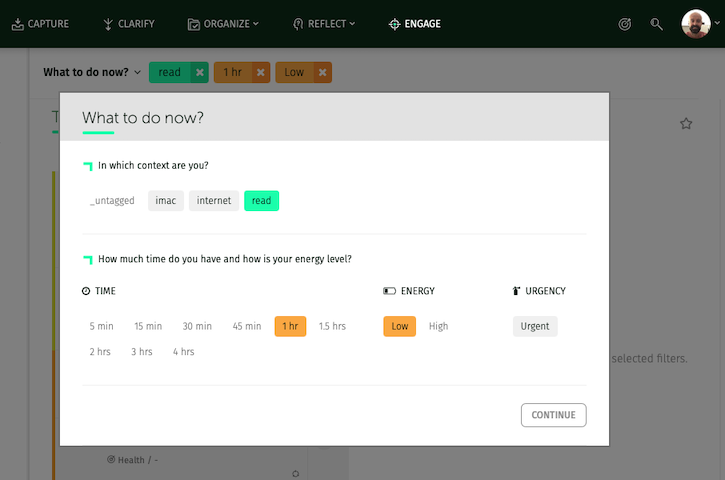
Force yourself to use this tool every time you start a new activity. We often act “on impulse,” and that’s when we stray from our path and cease to be efficient.
The power of choice criteria lies in the fact that they make batching decisions automatic, which you’d have to do manually in an analog system. The “What to do now?” tool turns batching from something you have to remember into a natural, automatic workflow.
Of course, always keep in mind the general criteria we explained above for batching with FacileThings.




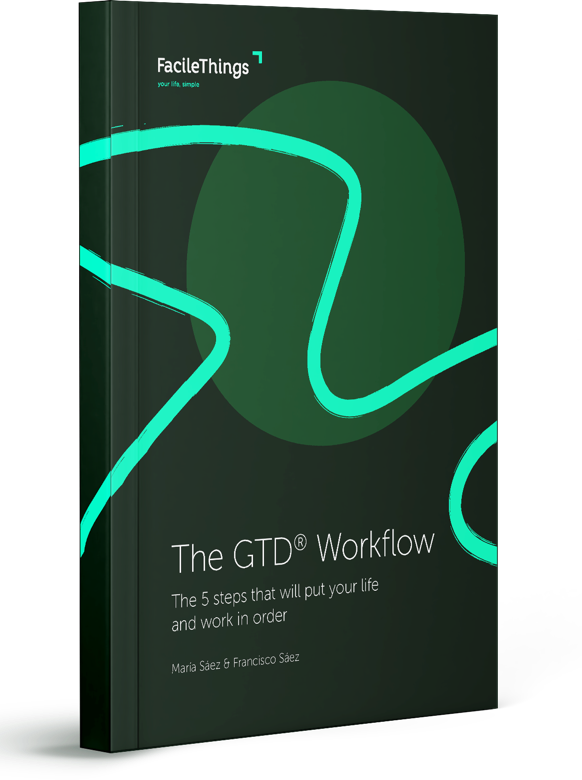
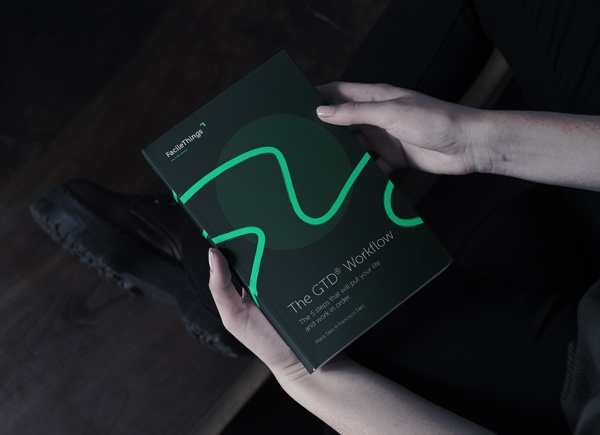
No comments